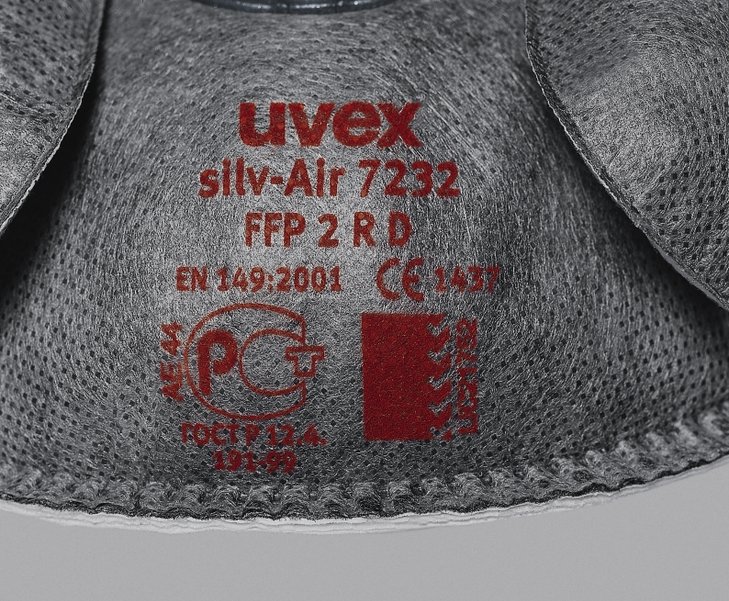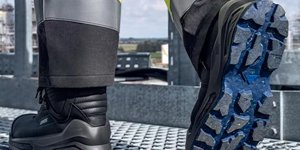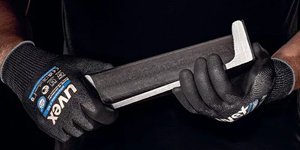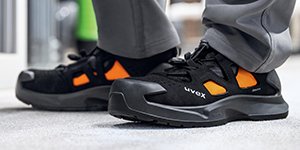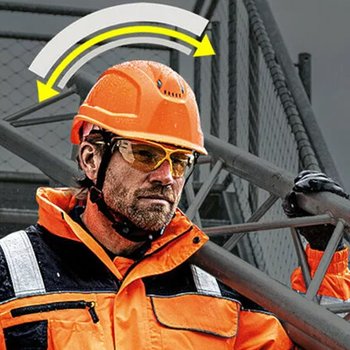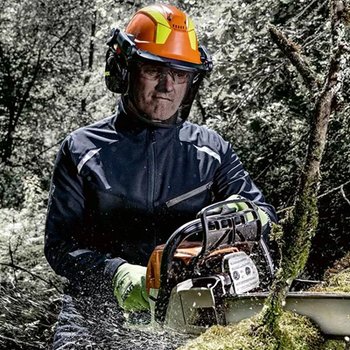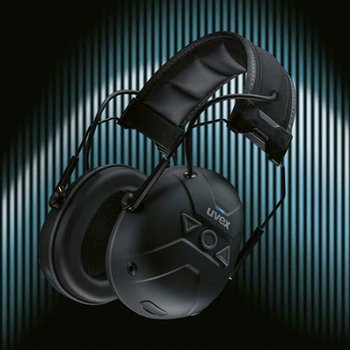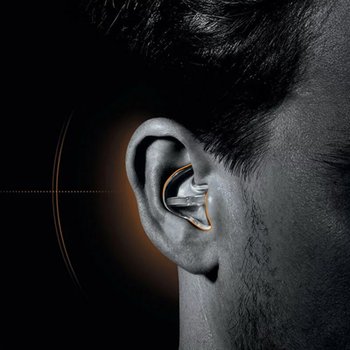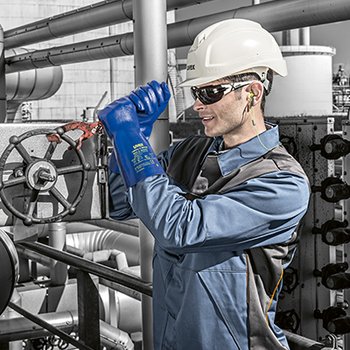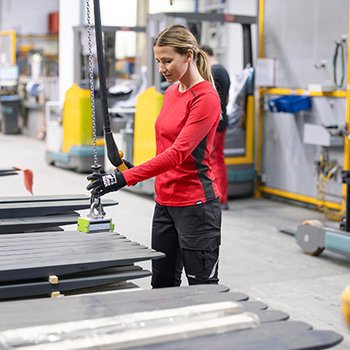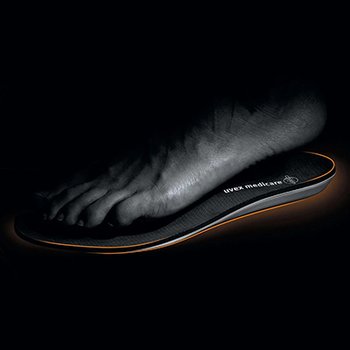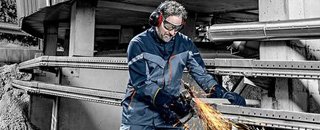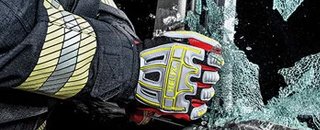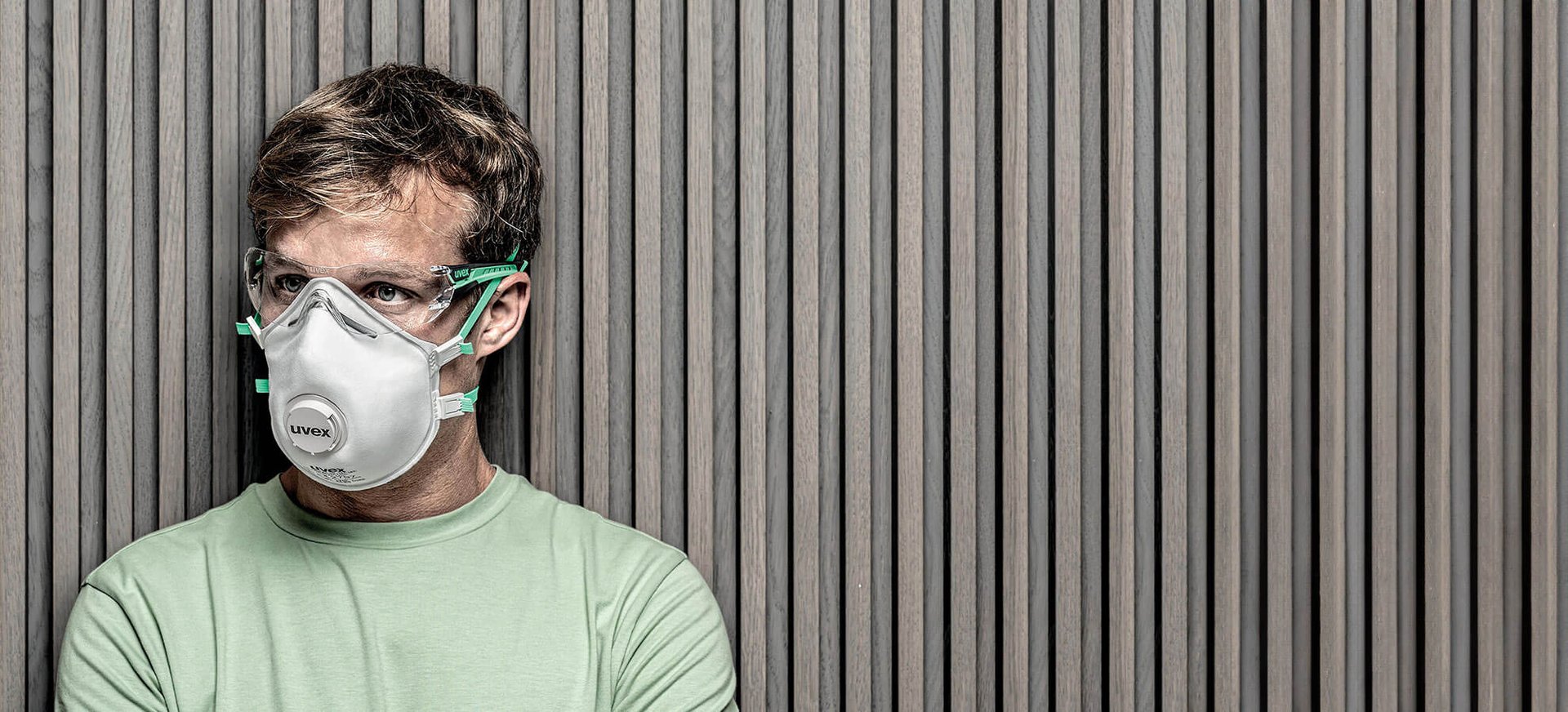
Standards and Directives
Of course, based on regulation (EU) 2016/425 on personal protective equipment (PPE) our products meet all the necessary standards, and not just that – we always require that little bit more from our products. This ensures the extra safety that our customers – rightly – expect from us.
In Germany, the following standards and regulations generally apply with regard to particle-filtering half masks:
- Occupational health examinations G26
- EN 149:2001 + A1 2009: Respiratory protective devices – Filtering half masks to protect against particles
- BGR 190: Use of respiratory devices
- TRGS 900: Occupational exposure limits
DIN EN 149 – Respiratory protective devices, filtering half masks to protect against particles
Respiratory masks and filtering half-masks in accordance with standard DIN EN 149 protect the wearer from particulate pollutants such as aluminium dust and smoke, glass fibres, wood dust and other harmful particles. Depending on the type and concentration of the pollutant, one of three protection classes of face masks must be available.
Classification of filtering half-masks for protection against particles
Particle-filtering half-masks and masks with changeable filters are classified into various respiratory protection classes in accordance with DIN EN 149:2001 and A1:2009. Each class is suitable for use in different areas of application, depending on the level of pollution:
| Protection level | Limitations |
|---|---|
| FFP1 | not suitable for particles of carcinogenic or radioactive substances, airborne biological substances from risk groups 2 and 3, and enzymes, filter performance of at least 80% |
| FFP2 | not suitable for particles of radioactive substances, airborne biological substances from risk group 3, and enzymes, filter performance of at least 94% |
| FFP3 | filter performance of at least 99% |
Learn more about respiratory protection classes on the FFP subject page.
The revised version of DIN EN 149 also regulates whether filtering half-masks can only be used for one shift, or whether they can be reused for multiple shifts. The relevant requirements for cleaning and disinfection are given in the standard. Whether masks can be reused depends on various factors in the working environment:
- pollutant concentration
- breathing intensity
- heat
- moisture
- hygiene factors
The following markings regulate the reuse of filtering half-masks in accordance with the standard:
- R = Filtering half-mask is reusable.
- NR = Filtering half-mask is usable for a maximum of one shift.
In addition, the standard stipulates different requirements with regard to the mask’s sealed fit (maximum leakage) and other additional specifications, such as the maximum permissible breathing resistance for the different protection classes.
The standard regulates the minimum requirements – all uvex products significantly exceed these, ensuring the highest possible levels of comfort and safety for wearers.
Occupational health examinations G26
The provisions of G26 examinations establish three respirator protection classes, according to the weight and breathing resistance of the device:
- Group 1: Device weight up to 3 kg and breathing resistance up to 5 mbar
- Group 2: Device weight up to 5 kg and breathing resistance over 5 mbar
- Group 3: Device weight over 5 kg and breathing resistance over 5 mbar
All uvex particle-filtering masks are classified as Group 1 devices, as they weigh less than 3 kg and the breathing resistance is far under the 5 mbar limit.
Ideally, employers should offer occupational health examinations for Group 1 respirators and these are mandatory for Group 2 and 3 respirators.
More detailed information can be obtained from the German Statutory Accident Insurance Association (Deutsche Gesetzliche Unfallversicherung, DGUV).
BGR 190: Use of respiratory devices
BGR 190 defines the accident protection directive “Principles of Prevention” (BGV/GUV-V A1) for the use of respiratory protection. It takes into account the regulations set out in the German Occupational Safety and Health Act (Arbeitsschutzgesetz) and the Ordinance on the Use of PPE (PSA-Benutzungsverordnung).
The regulations were compiled in collaboration with the “application” working group of the DIN Standards Committee for Precision Mechanics and Optics’ research group focusing on “respiratory devices for employees and rescue workers”. In doing so, the DIN and EN standards for respiratory protection were taken into account, as was DIN EN 529: “Respiratory protective devices – recommendations for selection, use, care and maintenance”.
It is available free of charge here (in German): publikationen.dguv.de/dguv/pdf/10002/r-190.pdf
source: www.vbg.de/apl/zh/bgr190/vor.htm
TRGS 900: Occupational exposure limits
The Technical Rules for Hazardous Substances (TRGS) reflect the state of technology, occupational health and hygiene as well as other accepted scientific developments relating to activities involving hazardous substances, such as their classification and labelling. The Committee on Hazardous Substances (AGS) establishes the rules and adapts these in line with developments.
The TRGS are published by the Federal Ministry of Labour and Social Affairs (BMAS) in the Joint Ministerial Gazette (GMBI).
source: www.baua.de/cae/servlet/contentblob/666762/publicationFile/55588/TRGS-900.pdf
The TRGS 900 are available free of charge here (in German): www.baua.de/cae/servlet/contentblob/666762/publicationFile/55588/TRGS-900.pdf
